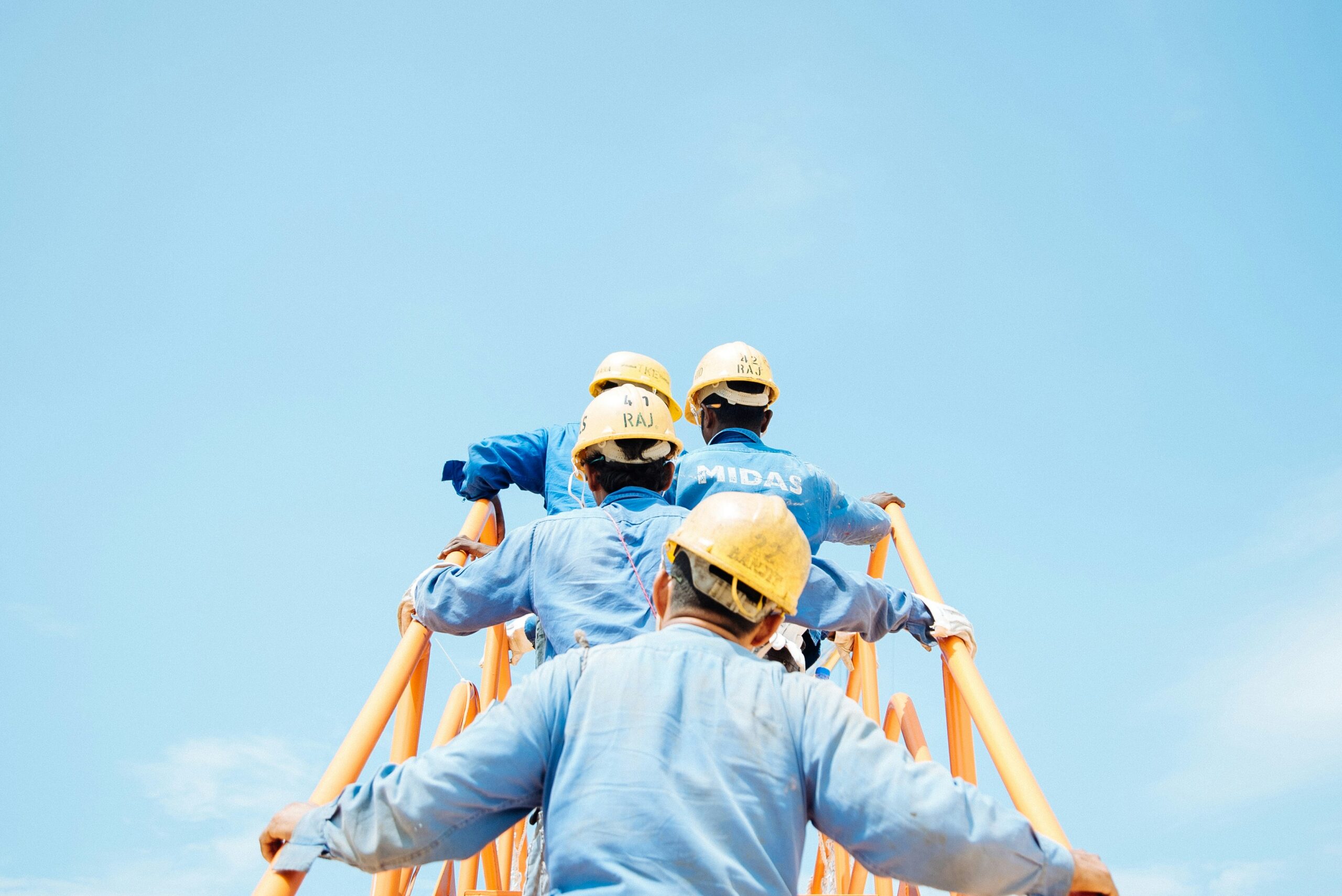The global push toward achieving net-zero carbon emissions represents a critical response to climate change. It aims to balance the amount of greenhouse gases emitted with those removed from the atmosphere. The construction sector is substantial in this effort due to its energy-intensive processes and resource consumption.
In a sustainable and smart engineering context, net zero minimizes carbon footprints through efficient resource use. It also includes adopting renewable energy and practicing construction techniques that reduce emissions. These efforts reduce carbon output and foster resilience and sustainability in infrastructure development.
Understanding the Construction Supply Chain
The construction supply chain encompasses all stages of delivering materials, equipment and services for construction projects. This includes suppliers, manufacturers, distributors, contractors and subcontractors, each crucial in the flow of resources and goods. The environmental impact of this supply chain is significant, with material extraction, manufacturing, transportation and waste management contributing to carbon emissions and resource depletion.
For instance, in the U.S., construction activities generated about 600 million tons of debris in 2018, highlighting the scale of environmental challenges. Adopting sustainable practices throughout this chain is paramount to mitigating these impacts. This includes using recycled materials, optimizing logistics to reduce transportation emissions and embracing green building certifications that promote energy efficiency and waste reduction
Challenges and Barriers
The supply chain faces challenges in its journey toward achieving net zero emissions. The construction industry is responsible for approximately 37% of carbon dioxide emissions globally, highlighting its significant environmental footprint.
One barrier is the cost implications of adopting sustainable practices and technologies, which organizations can perceive as prohibitively expensive in the short term. Technological limitations also pose challenges, particularly in developing and scaling renewable energy solutions, efficient building materials and carbon capture technologies.
Moreover, navigating complex regulatory landscapes and varying standards across different regions adds a layer of difficulty, making it challenging to implement consistent sustainability practices throughout the supply chain. Addressing these challenges requires collaborative efforts among stakeholders to innovate, invest in research and development and advocate for supportive policies.
Technological Innovations and Solutions
Technological innovations reshape the construction supply chain, driving toward greater sustainability and efficiency. Sustainable materials like engineered wood products are gaining traction due to their environmental benefits. For example, it offers superior insulation compared to steel or aluminum, making it a practical choice for reducing energy consumption in buildings. It’s also renewable, biodegradable and has a lower carbon footprint, aligning with net zero goals.
Moreover, advanced manufacturing techniques such as 3D printing and prefabrication revolutionize construction by minimizing waste, speeding up project timelines and enhancing precision. These methods reduce environmental impact and improve project efficiency and cost-effectiveness.
In addition, digitalization and AI optimize supply chain management for sustainability. AI-driven predictive analytics enhance resource planning and logistics to improve material use and reduce transportation emissions. Digital platforms also streamline stakeholder communication and coordination to facilitate real-time data sharing and decision-making.
Further, AI applications can optimize building operations through energy management systems. They adjust through usage based on occupancy and environmental conditions, reducing carbon footprints. These technological advancements achieve net zero emissions in construction by maximizing resource efficiency, minimizing waste and promoting environmentally responsible practices across the supply chain.
Best Practices
These practices enhance sustainability and foster innovation and resilience in the construction industry. They also contribute to global efforts toward achieving net zero emissions.
- Adopting offsite construction methods: Unlike traditional on-site methods, offsite construction reduces carbon dioxide emissions during production. It minimizes material waste and optimizes manufacturing processes.
- Utilizing sustainable materials: Prioritizing the use of sustainable materials such as recycled steel, engineered wood and eco-friendly concrete alternatives reduces environmental impact throughout the supply chain.
- Implementing energy-efficient design: Designing buildings with energy efficiency in mind — including passive design strategies and integrating renewable energy sources like solar panels — lowers carbon emissions over the building’s lifecycle.
- Promoting circular economy practices: Embracing circular economy principles by reusing materials and designing for deconstruction facilitates sustainable resource management and minimizes landfill waste.
- Engaging suppliers and partners: Collaborating with suppliers and patterns committed to sustainability standards ensures consistency and transparency in sourcing practices. It also supports overall environmental goals within the supply chain.
Policy and Regulatory Landscape
Current policies and regulations increasingly promote sustainable practices within the construction industry. For example, the International Green Construction Code mandates developers to enhance the environmental and health performanceof buildings, sites and structures through rigorous standards and guidelines.
Governments and regulatory bodies are crucial in driving these changes. They must implement and enforce policies, such as energy efficiency requirements, green building certifications and incentives for renewable energy adoption.
International frameworks like LEED (Leadership in Energy and Environmental Design) and BREEAM (Building Research Establishment Environmental Assessment Method) also influence the construction supply chain. They set benchmarks for sustainability performance and encourage global adoption of best practices. These regulatory measures and standards aim to reduce carbon footprints, promote healthier living environments and enhance overall building resilience against climate impacts.
Embracing Sustainable Innovation in Construction Supply Chains
Integrating eco-friendly practices into projects mitigates environmental impacts. It fosters resilience and long-term viability in the face of climate change. Embracing these principles can lead to a paradigm shift where sustainable construction becomes the norm. It ensures a healthier planet and more sustainable built environments for future generations.











